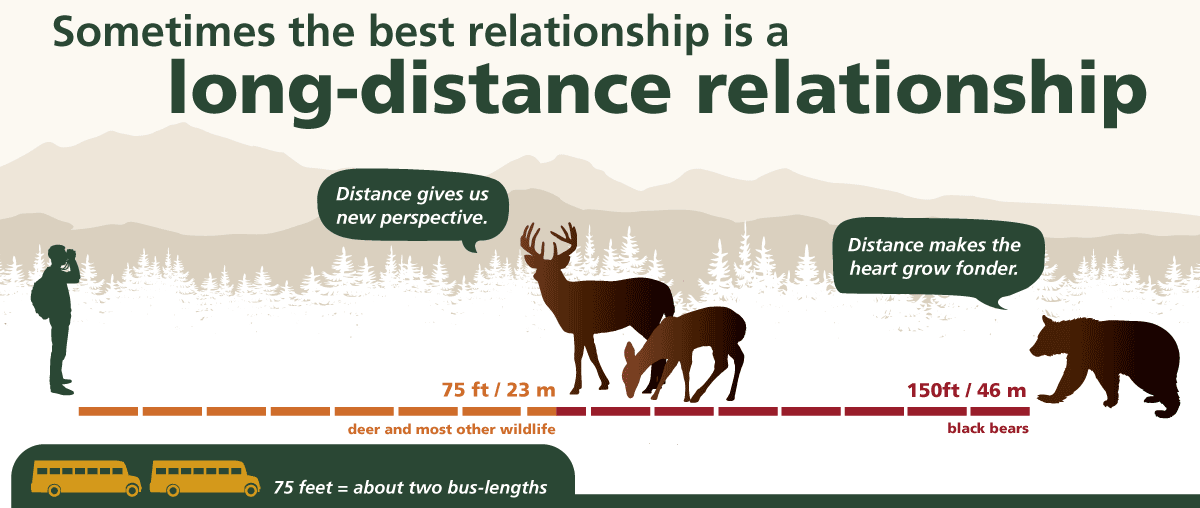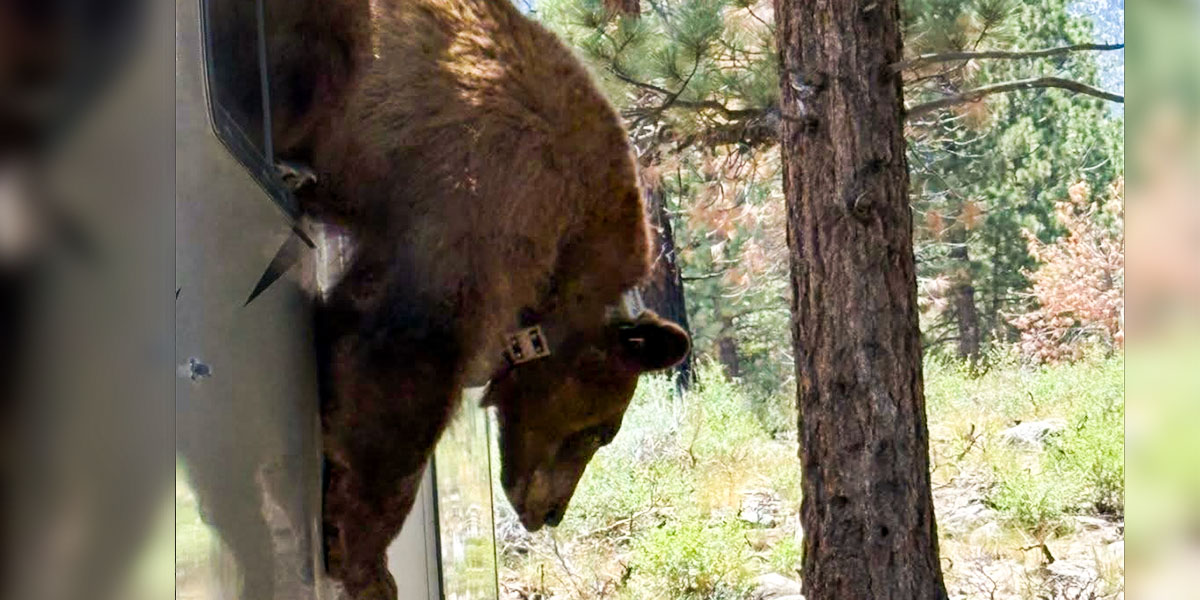As summer travel reaches a peak, it’s more important than ever to remember that we are mere visitors in our parks and natural spaces. While some wildlife are featured attractions, others can turn a relaxing outing into a life-or-death situation. Two recent high-profile incidents underscore the importance of staying alert and taking the necessary precautions when out on an adventure.
Mountain Lion Attacks Young Hiker
A family was hiking on a popular trail in Olympic National Park, Wash., when a mountain lion bit their four-year-old child. The child’s father intervened and wrestled the child out of the animal’s mouth, according to the Guardian. Witnesses credit the father’s quick actions for his child’s survival.
The child was airlifted to a trauma center in Seattle. He was later listed as being in satisfactory condition and station KIRO reported that he had been released from the hospital. The animal, wearing a tracking collar, was later found and put down. The GPS collar reported that it had been near a scenic lookout known as Victoria Overlook on Hurricane Ridge.
Mountain lion attacks on humans are extremely rare – less than one a year, according to the Mountain Lion Foundation, with fewer than 30 fatal attacks recorded in North America since 1868. They typically avoid humans, though sightings are reportedly on the rise, with their numbers having rebounded after the introduction of hunting restrictions and bans.
Bear Attacks Woman in Camper
A woman camping in Lake Tahoe’s Eagle Point Campground awoke to find a bear in her camper. The bear was not deterred by the woman’s screams nor by her banging pots and pans in an attempt to scare it. The animal swiped at the woman, leaving cuts and bruises, before finally exiting the RV. Later that same day, the bear broke into another RV where people were sleeping.
Ultimately it was determined that this bear was threatening to humans and was put down. According to the California Department of Fish and Wildlife, the bear had been causing problems for months. The animal had previously triggered numerous calls to 911 on break-ins to both homes and vehicles. Authorities used DNA evidence to confirm that it was the same animal in the multiple encounters.

How to Stay Safe Around Animals
Common sense says you should watch your surroundings and maintain your distance, but what do you look for and how far do you stay away? The National Park Service’s article on “7 Ways to Safely Watch Wildlife” has the answer.
One tip that’s true for all animals is to help prevent them from seeing humans as a source of food. Obviously, you want to keep critters out of your picnic basket, but you should also be diligent about food waste and scraps. Even crumbs left at a picnic table can cause animals to become less wary of us two-legged creatures. Use wildlife-resistant food storage or trash containers where available or required and make sure they’re securely closed.
Unfortunately, once they see humans as a reliable food source, wildlife can lose their inhibition and become aggressive toward people. This puts you at risk of injury and the wildlife at risk of being removed and humanely killed by wildlife managers.
Summer is a time to enjoy the great outdoors and get in touch with nature. While stories of animal attacks are harrowing, the truth is that these animals are merely searching for their next meals wherever they can. And in some cases, that can bring them into conflict with human visitors, usually with severe consequences for the animal. Treating the local fauna (and flora) with respect and maintaining a healthy sense of caution can help ensure that they don’t see you as their next source of food.
